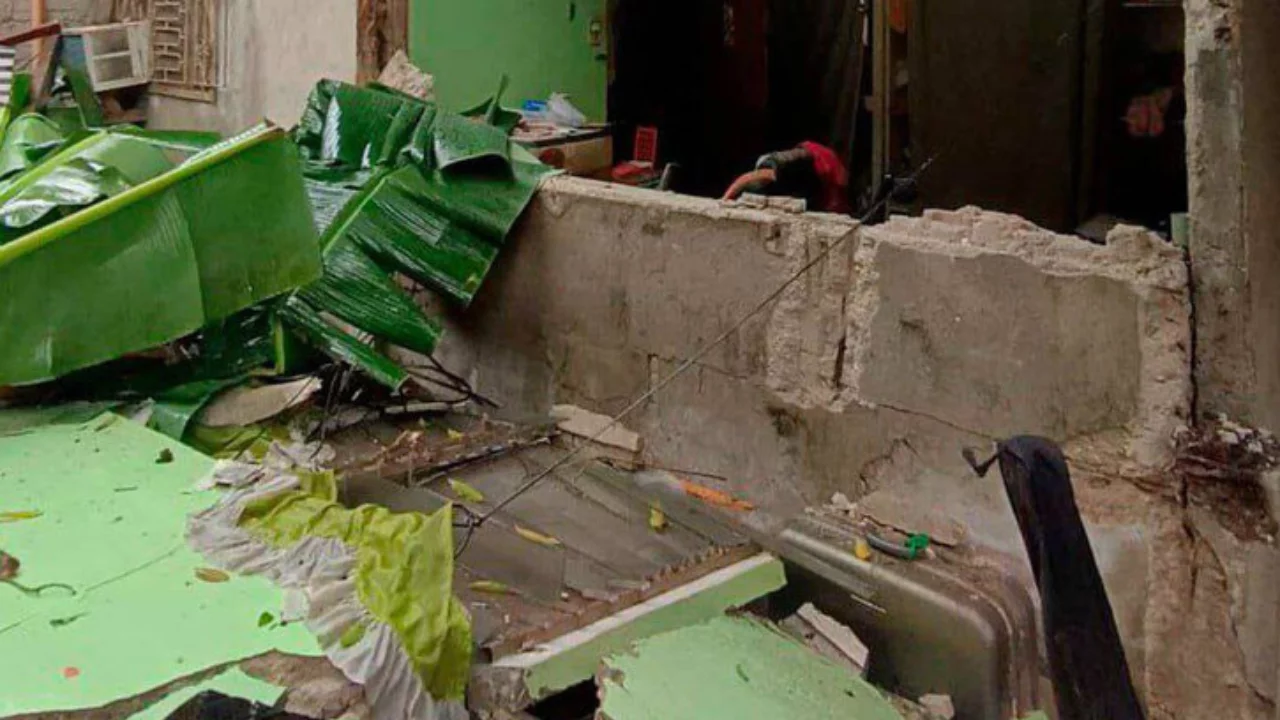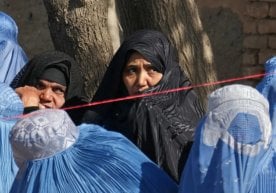
A powerful earthquake with a magnitude of 7.4 struck the southern Philippines on October 10. This was reported by the Philippine Institute of Volcanology and Seismology (PHIVOLCS). According to seismologists, the epicenter of the earthquake was located under the sea near the city of Manay in Davao Oriental province, with a depth of approximately 23 kilometers.
After the strong tremor, tsunami warnings were issued for several coastal areas of the country. Authorities urged residents to evacuate to higher ground. According to preliminary information, schools and tourism facilities along the coast were temporarily closed to reduce the risk of large waves.
Local media reported that at least one person was killed and several buildings and residential structures were damaged as a result of the earthquake. In some educational institutions in Davao City, students were urgently evacuated, and several people sustained minor injuries. Flights at Davao International Airport were temporarily suspended but soon resumed.
President Ferdinand Marcos Jr. announced that he personally took control of the situation. The government launched rescue and rapid assessment operations, and a special task force was established to assist affected residents.
Seismologists noted that the Philippines lies in the Pacific "Ring of Fire," an active seismic zone where earthquakes occur frequently. In recent years, strong tremors have also been recorded in the Cebu and Mindanao regions, some of which caused significant economic damage.
Local authorities and international organizations are urging citizens to follow official information channels and strictly observe safety measures. Experts warn that seismic activity may continue, so the region remains on high alert.
This earthquake in the Philippines is considered one of the strongest recorded in recent years.
Read “Zamin” on Telegram!Users of Меҳмон are not allowed to comment this publication.













